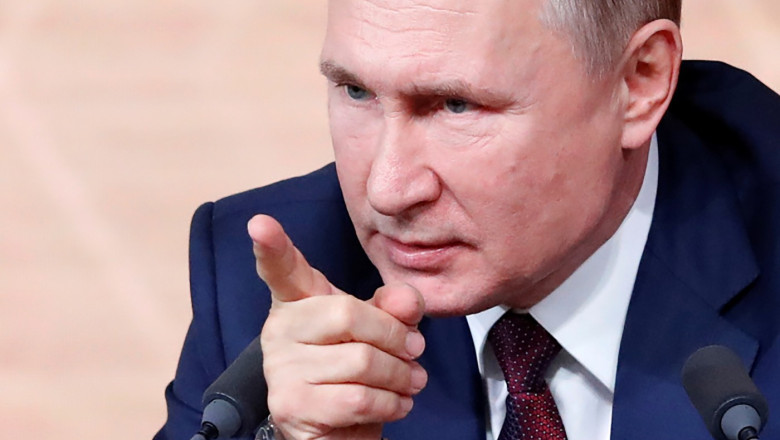In recent weeks, Vladimir Putin seems to have raised the level of provocations against NATO, testing the limits of the alliance and the patience of the West.
Beyond displays of power and deliberate air incursions, experts talk about a strategy of confusion and exhaustion, meant to distract attention from the real front: the war in Ukraine.
In an analysis broadcast in the most recent edition of the Battle Plans Exposed series, former British intelligence officer Philip Ingram explains the true purpose of these maneuvers.
“It’s a game of chicken, but played on a global scale,” Ingram says. “Putin knows exactly how to squeeze time, money, and resources out of the West, forcing it to react to each provocation instead of focusing on Ukraine.”
As European ministers gather for emergency meetings and NATO states raise their alert level, Russia continues to regroup and strengthen its positions.
Ingram describes the situation as a classic diversion strategy: “While we look to the sky, the Kremlin is digging trenches elsewhere.”
Russian planes, mysterious drones, and panic in European airspace
In the last two weeks, Europe has been the scene of repeated aerial incidents: Russian fighter jets that entered Estonian airspace for 12 minutes, drones detected over several airports in Denmark, and similar incursions in Norway, Poland, and Romania.
One of the Danish airports was even temporarily closed after several unidentified drones were spotted near the runway.
In parallel, intelligence services talk about coordinated sabotage on transport infrastructure.
While NATO reports these incidents as direct provocations, the Russian press dismisses them as “fake news,” in a disinformation campaign that has become a weapon in itself.
“It’s an old strategy – to deny what is obvious, to create chaos and sow distrust,” Ingram explains.
Details, HERE

